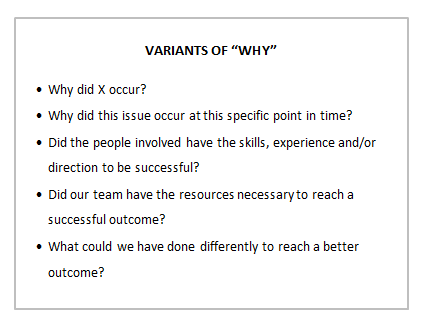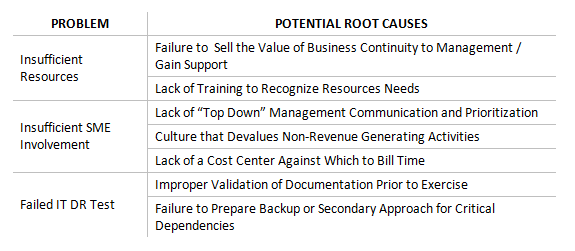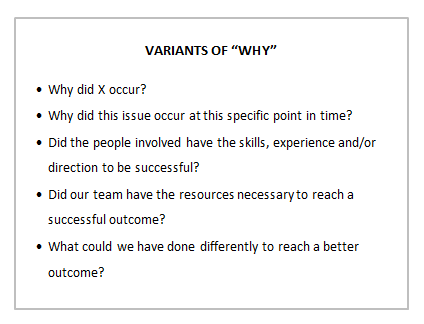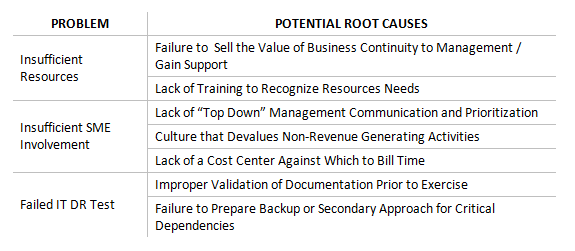In today’s fast-paced society, companies of all sizes need affordable ways to deliver quality IT services reliably and continuously. One of the key benefits of cloud computing, one that is also often overlooked, is how cloud computing can help ensure business continuity, as well as speedy disaster recovery. Cloud hosting offers a low-cost disaster recovery and business continuity solution for small to midsize businesses and a more cost-effective DR alternative to larger, cost-conscious corporations.
With the cloud as your disaster recovery solution, you can use your in-house systems to run your core business and work with a cloud hosting provider for your business continuity and disaster protection. With cloud hosting, your data and software are replicated automatically in the cloud, creating increased redundancy. You don’t have to buy extra hardware or software to mirror your data center environment. Instead, cloud servers can be easily partitioned to create multiple environments in the cloud, and these cloud servers can be spun up and configured in a matter of minutes. In addition, with cloud computing and cloud storage, you only pay for the resources you use, so the cost is minimal.
A cloud-based disaster recovery/business continuity solution works well for any business with a low tolerance for downtime and data loss. For example, most SMBs and larger businesses today fall into this category, rather than the local irrigation maintenance company, who may be able to survive a week without their data. Businesses like hospitals have very minimal tolerance for downtime and data loss due to the urgency and sensitivity of their data.
With cloud hosting from a premier cloud hosting provider like Atlantic.Net, your data and applications reside in an offsite, secure data center facility with a backup, uninterrupted power supply, and dedicated support staff to support business continuity in any situation.



